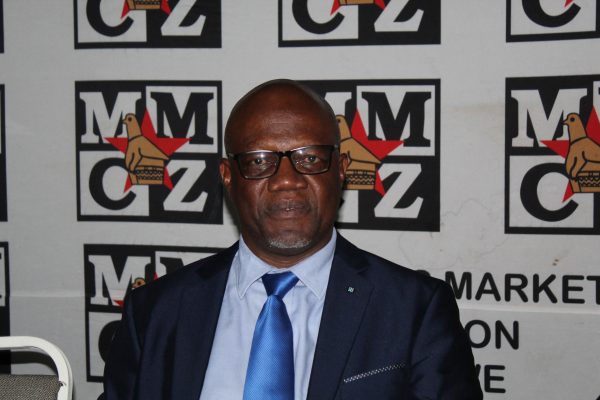Zimbabwe’s mineral exports rose by 12,7 percent to US$1,59 billion in the first 10 months this year compared to the same period in 2018, according to Minerals and Marketing Corporation of Zimbabwe (MMCZ).
The MMCZ is the country’s sole minerals marketer except for gold and silver that fall under the ambit of Fidelity Printers and Refineries (FPR).
The figures were confirmed by MMCZ general manager Mr. Tongai Muzenda.
The increase would be seen as a tonic the mining industry is looking for as it gears towards the attainment of US$12 billion worthy of annual exports by 2023.
However, the MMCZ’s interest on the 2023 milestone is US$8 billion as the other US$4 billion is expected to be contributed by gold exports.
“Our total sales amounted to US$1,59 billion in the first 10 months of the year,” said Mr Muzenda.
“There are positive market takeaways in the third quarter in that we have seen some prices holding up compared to the first six months. The prices of PGMs, for example, have gone up and this is especially the case with rhodium,” said the MMCZ boss.
On specific mineral contributions, PGMs continue to dominate, having accounted for about US$1 billion of the total figure.
With beneficiation efforts now in full swing and private companies having bought into Government’s call to add value locally, high carbon ferrochrome continued on an upward trend and has so far raked in more than US$250 million, and expectations are high that this will continue in line with installed capacity for ferrochrome production.
“In terms of contribution to the total, almost a billion dollars is from PGM concentrates and PGM matte from the three producers — Zimplats, Unki and Mimosa in that order in terms of tonnage and value,” said Mr. Muzenda.
“On diamond sales, the total was US$142 million for the 10 months. Other metals of interest are high carbon ferrochrome, which was US$254 million, which is not bad.”
Despite the recorded increase in exports, the haul, however, fell 11 percent below set target of US$1,79 billion that the State marketer attributed to depressed PGM prices, particularly in the first half of the year.
Production has also been hit by incessant power cuts as a result of state power utility, Zesa Holdings’, rationing of electricity due to subdued production at its major plants.
Some mining houses have, however, not been affected by these power cuts as they have ring-fencing arrangements with the power utility.
However, just last week, Zesa said they were no longer able to guarantee supply even to ring-fenced customers as these too could be affected by internal challenges.
Concern overpower supply has resulted in the country’s mining confidence plunging to a two-year low with the miners’ lobby group — the Chamber of Mines of Zimbabwe — compiling a report that shows the Mining Business Confidence Index (MBCI) had declined to 2,2 percent this year.
Despite these challenges, Mr. Muzenda said MMCZ was still expecting a strong showing in the last two months of the year, with projections set at between US$200 to US$300 million in November and December.
The Sunday Mail
.png)




